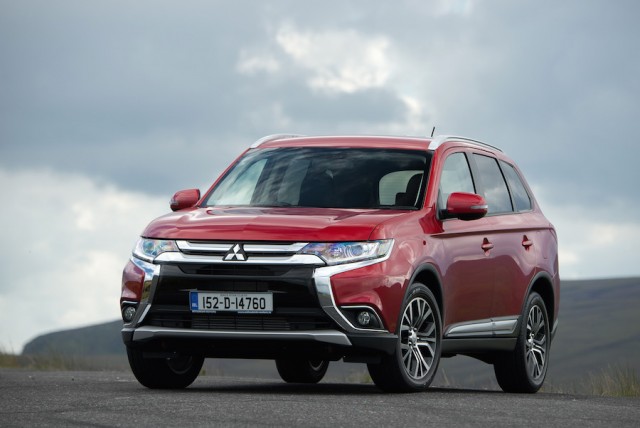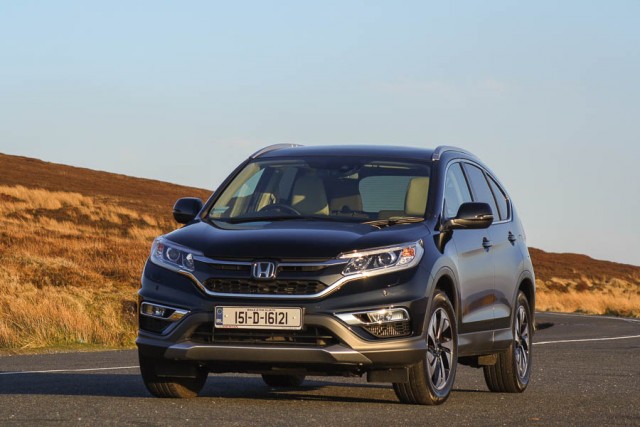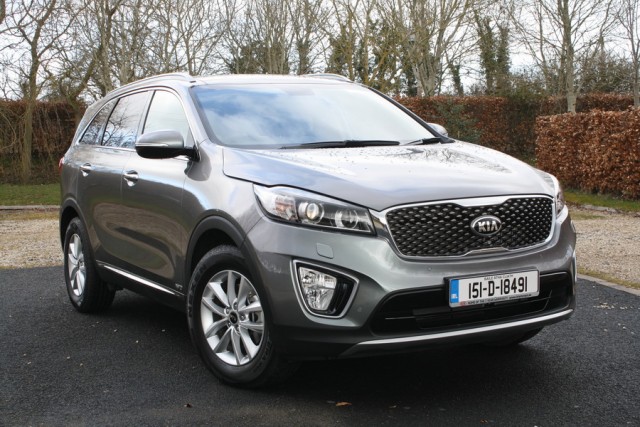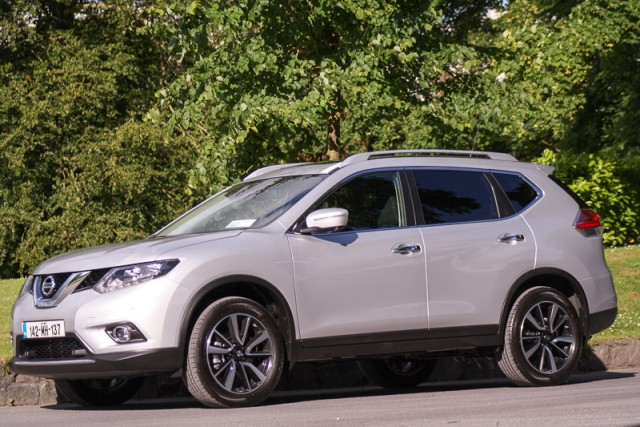Overall rating: 3/5
Sharper looking and vastly more refined, the Outlander is up against some very tough opposition but is better than before.


In the metal 3/5
Well, it's certainly more distinctive. Possibly a little stung by the 'meh' reaction to the styling of the Outlander when it was first put on sale, Mitsubishi has been busy making the front end look a lot more pointy and turning up the chrome setting to 'lashings.' It's a little more dynamic looking than it was, but also possibly a bit too fussy, and equally a bit obviously a new face tacked on to an older bodyshell. The rear has been altered too, albeit less noticeably so, while there are now such exterior fixtures as LED daytime running lights.

Inside, the changes are even more fleeting. There's a new, more imposing looking steering wheel and some changes to the seats and dashboard materials, but that's it. Mitsubishi does say that cabin quality has taken a tick upward though, and we'd believe them - the Outlander does look and feel imposingly well made. A shame that the updated seats aren't a little bigger and comfier though but there's good space in the second row and the foldaway third row seating is roomy enough for kids up to around 12 years old, so it's a useful family hauler.
A shame that the boot isn't a bit bigger when the seats are folded away though. With all seven seats in use, a tiny 128-litre space is only to be expected, but 477-litres feels a touch small with the third row flat and 918-litres with all seats folded is positively tight - a Skoda Fabia Combi manages better than that.

Driving it 4/5
The biggest difference you will notice between the old and new Outlander diesel is in refinement. The 2.2 diesel used to be a rattly, clattery old thing but now it whirrs softly away to itself in genuinely impressive silence. It's quite a dramatic turnaround from the outgoing model, and makes the diesel Outlander look suddenly desirable again when ranged against its more headline-grabbing PHEV plugin hybrid brother. Performance feels brisk too - the 0-100km/h dash is nothing special but there's a decent 380Nm of torque to keep it rowing along, so the Outlander never feels sluggish.

It's marginally better to drive too. Mitsubishi has altered the suspension (stiffer mounts, bigger rear shocks) to try and make it sharper to steer and give it a more comfortable ride and it has generally succeeded - even so, the Outlander is nothing special to drive. It is competent, sure-footed and stable and the ride quality stays just the right side of bouncy, but the likes of the Honda CR-V, Ford Kuga and Kia Sorento are all rather nicer or more engaging to drive.
Fuel economy seems good though. We only had a brief spin but Mitsubishi's claim of around 50mpg seems on the money, and for a seven-seat 4WD SUV, 139g/km Co2 emissions are not bad.

What you get for your money 3/5
A basic five-seat Outlander diesel can be had for €31,450, which is about €1,500 more expensive than the outgoing model. It is stuffed with equipment though, including dual-zone climate, Bluetooth, reversing camera, masses of safety technology, 16-inch alloys, rain and headlamp sensors and privacy glass. Upgrading to this 4WD model gets you keyless entry and ignition, a 'Drive Mode' selector switch, heated, power leather seats and the third row seating. Worth an extra €7,000? Seems a bit steep to us.

Summary
Its PHEV plugin hybrid brother has long overshadowed the diesel Outlander, but this round of improvements has really raised its game. Refinement is now among the best in class and it's better looking than before. What it needs now is more space and a more enticing interior to really compete.

















































